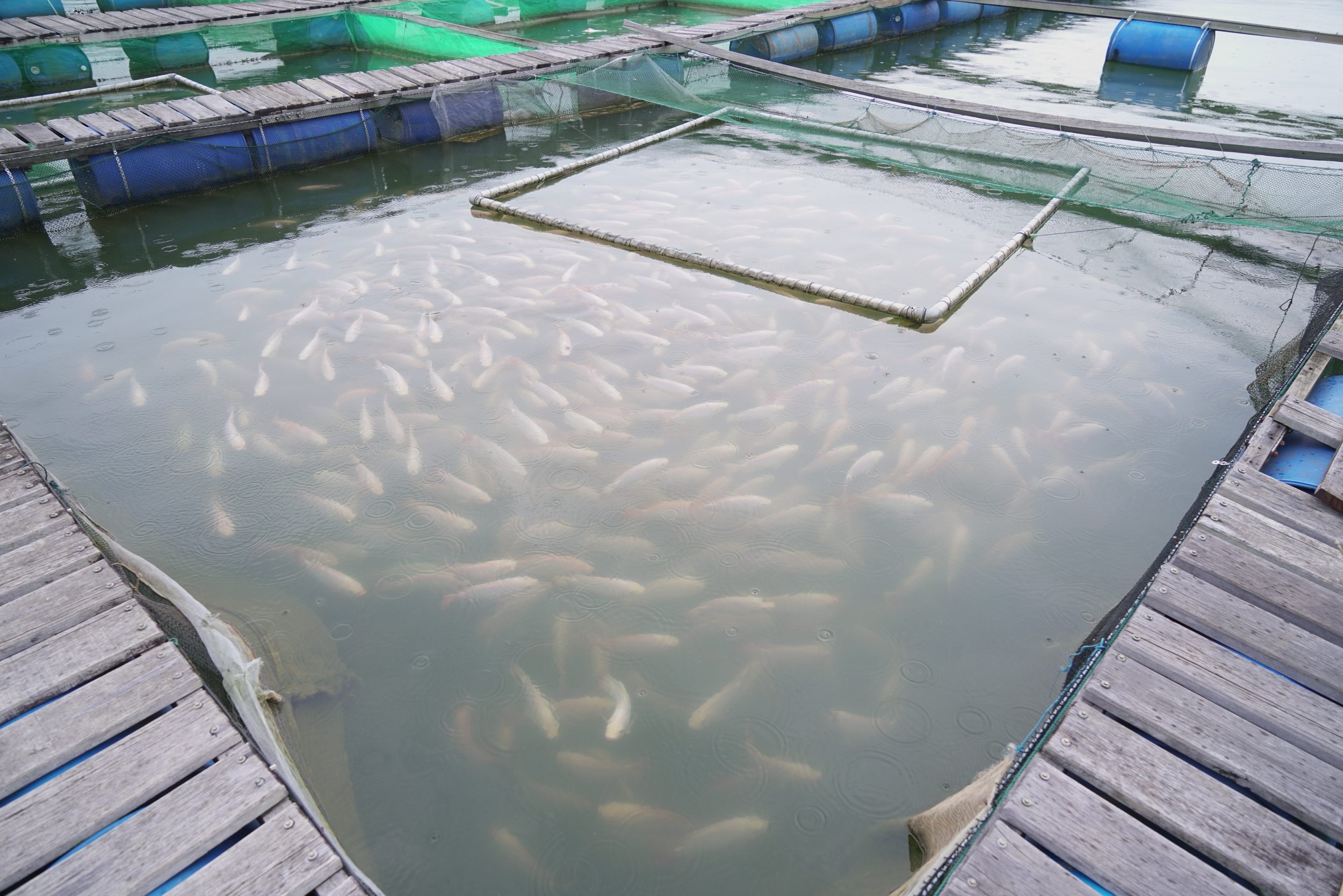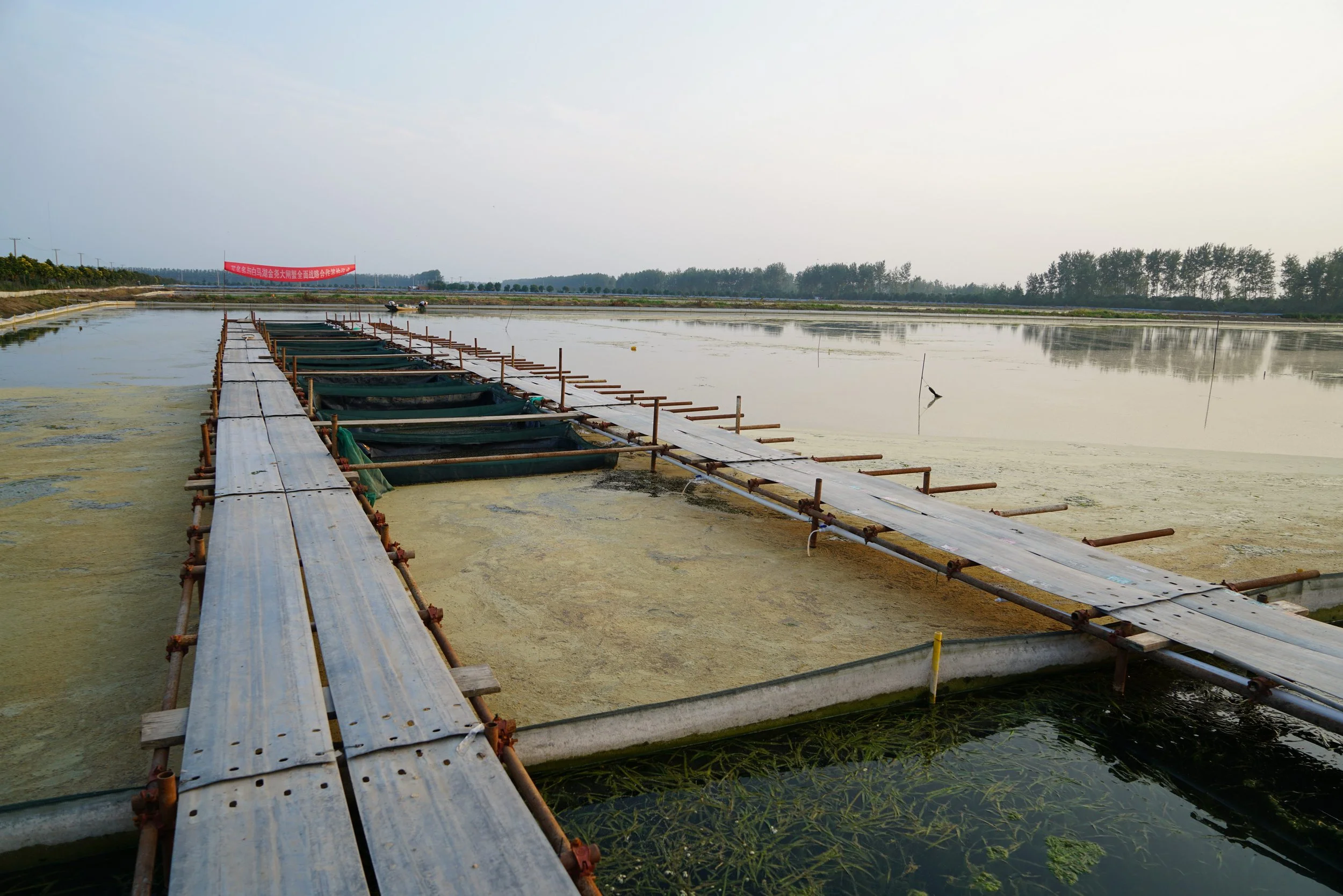Dr Wenbo Zhang
In this episode Professor David Little speaks with Dr Wenbo Zhang of Shanghai Ocean University about a new collaborative Nature publication which makes the case that freshwater aquaculture dominates global aquaculture production, but that its importance is often overlooked in global food-policy agenda and research.
Since the 1980’s marine and inland fishing have grown very little, while all sectors of aquaculture are increasing production and market share. However, all aquaculture is not equal. While mariculture has attracted the lion’s share of research funding and policy attention, freshwater aquaculture is the heavy lifter when it comes to producing fish that are available and affordable to low- and middle-income consumers globally. Finfish mariculture is focused on farming expensive carnivorous species of fish for high end markets. Per capita aquatic food consumption in high-income countries, has plateaued since 2000. The authors expect that future increases in demand for aquatic foods will mainly come from the Global South, which is why developing low-cost freshwater aquaculture systems better meets future global demand.
Cage culture of tilapia in China
In the study published in Nature, Dave Little and Richard Newton at the Institute of Aquaculture, University of Stirling and external colleagues led by Dr Wenbo Zhang of Shanghai Ocean University argue that recent research underestimates the production potential for freshwater aquaculture and inflates the importance of mariculture, or saltwater aquaculture.
Video version of the podcast
This study responds to a paper published in the journal Nature in 2020 by Costello et al. (2020). Costello et al. argue that mariculture has greater potential to expand than freshwater aquaculture, in line with the abundant number of policy-related publications on mariculture compared freshwater aquaculture. The study led by Wenbo Zhang, a Stirling alumnus, in contrast, highlights that freshwater aquaculture accounts for the majority (77%) of edible aquaculture production, while Costello et al. inflate mariculture production potential in several ways: Costello et al. exclude crustacean production from their models, define brackish water agriculture as mariculture, conflate freshwater capture fisheries and freshwater aquaculture, and are overly optimistic about potential of future mariculture technologies.
Rural fish pond in China
Of all farmed finfish, about 80% are produced in freshwater, dominated by herbivorous and omnivorous freshwater species. Meanwhile mariculture finfish species are carnivorous and require more expensive feed resources. Zhang et al. therefore argue that mariculture is receiving excessive attention in scientific literature, which easily results in flawed policies and misguided investments. Zhang et al. go on to refute the common misconception that the development of freshwater aquaculture is limited by availability of freshwater and arable land, while the space for mariculture to expand at sea is almost unlimited. Life cycle assessment studies show that for fed species, both freshwater aquaculture and mariculture require freshwater and arable land for the provision of feed on aquaculture farms. Furthermore, mariculture infrastructure requires protection from the worst of ocean storms, meaning that the ocean is not unlimited real estate for mariculture expansion. Freshwater aquaculture is not more constrained by available space than mariculture, while large potentials exist for further intensification and expansion of freshwater aquaculture production.
Freshwater farm in China
Freshwater aquaculture produces more food, with less expense than mariculture, and has potential to continue expanding through both small-scale and large-scale inland pond production. Farmed freshwater fish are often lower on the food chain than marine finfish, so their food inputs are less expensive than those needed by species farmed in mariculture. Despite these benefits and possibilities for expansion, most research has been focused on mariculture. Balanced approaches to science, policy and investment that prioritize freshwater aquaculture development in addition to mariculture can contribute more to global food security than those favouring mariculture alone.
Further reading
The full article is Zhang, W., Belton, B., Edwards, P. et al. Aquaculture will continue to depend more on land than sea. Nature 603, E2–E4 (2022). https://doi.org/10.1038/s41586-021-04331-3
See also Belton, B., Little, D.C. and Zhang. W. 2021. Farming fish in freshwater is more affordable and sustainable than in the ocean. The Conversation, 26 March 2021. https://theconversation.com/farming-fish-in-fresh-water-is-more-affordable-and-sustainable-than-in-the-ocean-151904




